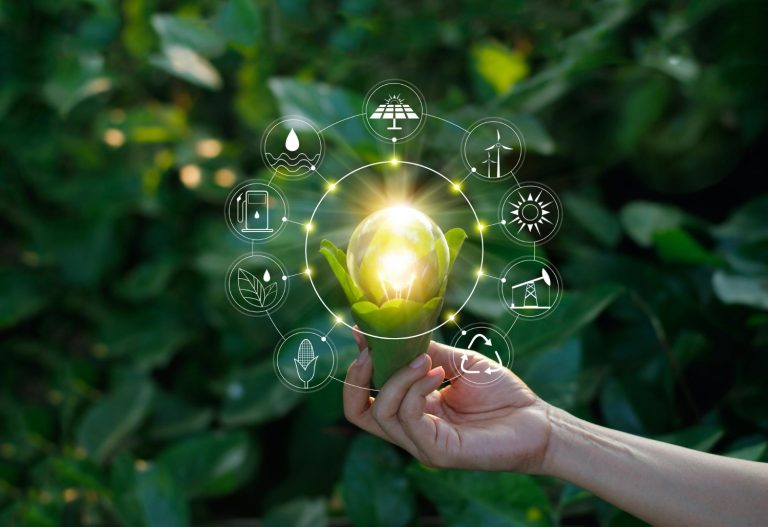
A peek at how Malaysia’s construction sector is evolving with sustainable designs, green materials, and cutting-edge technologies to reduce its carbon footprint.
In an era where climate change looms large, Malaysia’s construction industry is rising to the challenge, adopting a holistic approach to slash its carbon footprint and embrace a low-carbon ethos. This shift is not a mere trend but a comprehensive transformation that weaves sustainability into the very fabric of the industry.
Green building certifications set the standard for eco-friendly design, demanding that projects incorporate sustainable features from the outset. These certifications, including the Green Building Index (GBI) and Leadership in Energy and Environmental Design (LEED), are not just badges of honour but blueprints for the future. By integrating solar panels and wind turbines into their designs, Malaysian buildings are becoming structures and power generators, slashing reliance on fossil fuels.
The choice of materials has taken centre stage in the sustainable building movement. Recycled and reclaimed wood, bamboo flooring, and other eco-friendly materials are becoming the norm, dramatically reducing the environmental impact of new developments. Waste management is also getting a green makeover with practices beyond mere recycling and salvaging; it’s a comprehensive resource conservation strategy that includes modular construction and just-in-time inventory, ensuring materials are not wasted.
Energy management systems have become more intelligent, offering real-time control over energy consumption. Construction management software goes hand-in-hand with this, offering builders the tools to track energy use, manage waste, and ensure that materials are sourced sustainably. This smart technology leads to smarter construction, with eco-friendly suppliers and contractors at the helm.
On the ground, site management practices are greening the construction process itself. Erosion and sediment control measures preserve the integrity of the land, while advanced machinery and practices cut down on noise and air pollution, enhancing community living standards.
Yet, sustainability in construction isn’t just about building green; it’s about nurturing a culture of responsibility. That’s where education comes in. The industry is building a workforce ready for the future by training construction professionals in green building techniques. In this future, every structure is a testament to Malaysia’s commitment to the planet.
Stay with us for the final instalment of this series, which will delve into the balancing act of sustainable construction in the developing world, uncovering the challenges and seizing the opportunities for a better tomorrow.
Article 1: Digital Evolution: BIM Paving the Way in Malaysian Construction
Article 2: Elevating Efficiency: How Technology is Transforming Malaysian Construction Sites
Article 3: Constructing Tomorrow: Malaysia Embraces Sustainable Building
Article 5: Eco-Construction: Navigating Challenges & Seizing Opportunities in Developing World














